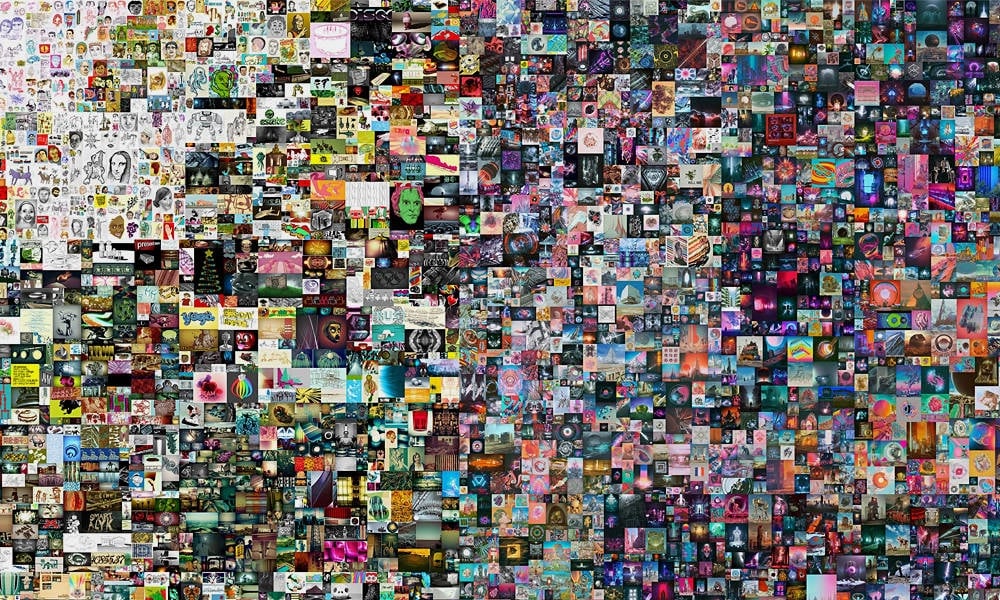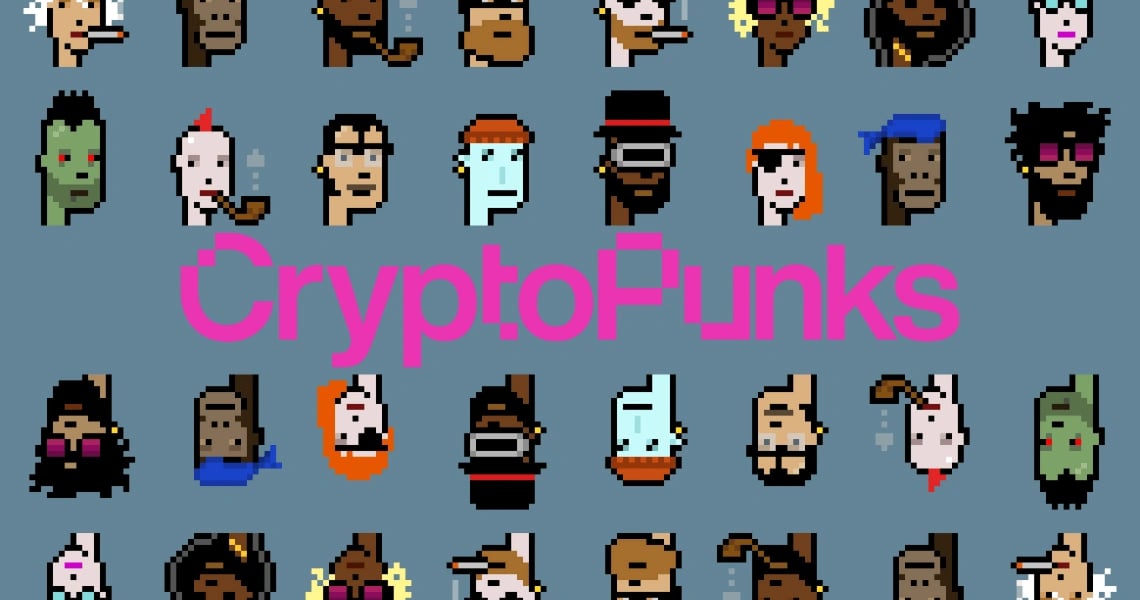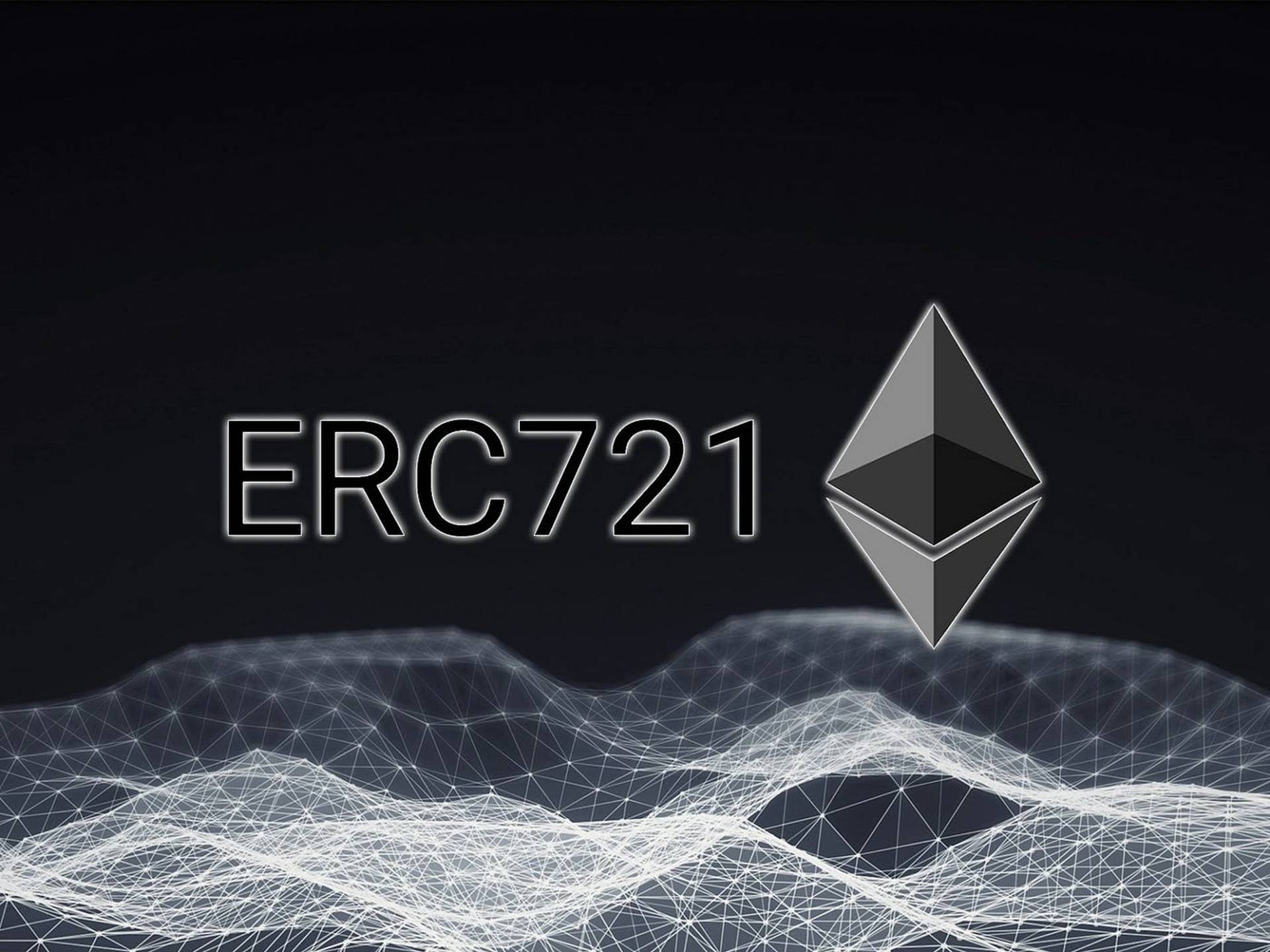Subscribe to wiki
Share wiki
Bookmark
ERC-721
The Agent Tokenization Platform (ATP):Build autonomous agents with the Agent Development Kit (ADK)
ERC-721
ERC-721 is a non-fungible token (NFT) standard on the Ethereum blockchain that implements an application programming interface (API) for tokens within smart contracts. The ERC-721 standard was developed and implemented to track digital ownership of non-fungible tokens on the Ethereum blockchain. With that, developers can easily deploy NFTs and verify their compatibility with the ecosystem. [1][2][3]
Overview
ERC-721 consists of a set of functions developers can implement in smart contracts to create, manage, and transfer NFTs. The standard helps facilitate NFT creation, which ranges from art to gaming, collectibles, and more. ERC-721 smart contracts can maintain a record of token ownership to allow secure token transfers between users. [3]
History
The ERC-721, which stands for "Ethereum Request for Comments 721," was created by William Entriken, Dieter Shirley, Jacob Evans, and Nastassia Sachs in January 2018. Dieter Shirley first proposed the ERC-721 specification as an Ethereum Improvement Proposal (EIP), a process for introducing new standards to Ethereum. The EIP introduced a standard interface specification for non-fungible tokens, outlining various types of digital assets that can be represented by NFTs, such as real-world assets like houses or artwork, financial assets such as loans that cannot be represented as positive token balances, virtual collectibles like unique kitten images, as well as CryptoKitties, a decentralized game built on the Ethereum blockchain. [1][2][7]
ERC-721's acceptance in June 2018 moved it to the Ethereum Request for Comments (ERC), a standard process for Ethereum applications. When CryptoKitties was launched using the beta version of ERC-721, it quickly went viral and became the most popular decentralized application on the Ethereum blockchain at that time. Its success propelled the feasibility of the full implementation of ERC-721. [6][7]
In May 2019, after the standard's acceptance, Nike, a shoe manufacturer company, received a patent to utilize the standard to create NFTs for authenticating its sneakers after filing the patent application. Likewise, in February 2020, Decentraland, a 3D virtual world browser-based platform, was built using ERC-721 NFTs to represent land and virtual objects.[6][7]
Benefits
The ERC-721 token has many benefits, including interoperability, programmability, ownership, fractional ownership, rarity and uniqueness, cross-platform compatibility, intellectual property rights, etc. [3]
Interoperability
ERC-721 ensures the easy interaction of NFTs with various dApps, marketplaces, and wallets on the Ethereum network for utility and accessibility enhancement. [3]
Programmability
With the help of the ERC-721 standard, creators can build additional functionalities such as in-game utilities, royalties, etc., into their NFT projects. [3] ERC-721 functionalities can help to: [1][8]
- Transfer tokens from one account to another.
- Get the current token balance of an account.
- Get the owner of a specific token and the total supply of tokens available on the network.
Ownership
Users can own, transfer, and securely manage unique digital assets with transparency and verification of ownership records. [3]
Fractional ownership
ERC-721 tokens can be fragmented into smaller, tradeable fractions. This enables a broader audience to invest in valuable assets. [3]
Rarity and uniqueness
NFTs built with the ERC-721 represent distinct items with unique properties, making them valuable for creators and collectors. [3]
Cross-platform compatibility
By leveraging the ERC-721 standard, NFTs can seamlessly function across various platforms and applications, expanding their range of potential use cases. [3]
Intellectual property rights
ERC-721 NFTs protect intellectual property. The standard provides creators and artists with an immutable record of their work. It also tracks the usage and resale of their work. [3]
Use Cases
The ERC-721 can be used in the digital art industry, gaming, virtual worlds, DeFi, music and media, etc. [3]
Digital art and collectibles
NFTs have brought about a revolution in the digital art industry. Artists have the ability to monetize their creations through unique tokens when utilizing platforms that make use of the ERC-721 standard for their artwork. Several platforms, such as OpenSea, Rarible, Art Blocks, and more, employ the ERC-721 standard. [3]
Gaming
ERC-721 tokens are widely used in most blockchain-based games, making in-game assets unique. [3]
Virtual worlds
Land parcels, buildings, and other assets in virtual worlds, such as those seen in Decentraland, are represented by ERC-721 tokens. [3]
Music and media
ERC-721 tokens can be used by musicians as well as content creators to tokenize their work, allowing fans to own unique pieces of content like videos, exclusive merchandise, limited edition albums, etc. [3]
Examples
Digital art
Everydays: The First 5000 Days
"Everydays: the First 5000 Days" is a digital artwork with a collage of 5000 digital images. It was created by Mike Winkelmann, who is also known as Beeple. The artwork, associated with a non-fungible token (NFT), was sold for 42,329 ETH, approximately $69.3 million, at Christie's in 2021, establishing it as the most expensive non-fungible token ever sold. By employing ERC-721 tokens, artwork of this kind continues to be viable for purchasing, selling, and trading NFTs on the Ethereum platform. [9][10]

Collectibles
NFT collectibles have made it possible for collectors to buy digital products that they think are valuable. CryptoPunks is one of the prominent NFT collectibles, with a total of 10,000 CryptoPunks (6,039 males and 3,840 females), all of which are one-of-a-kind. Since each character is generated algorithmically through computer code, no two characters are the same. Another is the Bored Ape Yacht Club (BAYC), which is commonly known as Bored Ape. BAYC is an NFT collectibles built on Ethereum that comprises a set of animated apes created by the Yuga Labs team. [11]

Gaming
Axie Infinity
Axie Infinity, an Ethereum-based video game centered around Axie creatures, introduces a gaming concept where players can own their virtual assets. It rewards those who achieve a high level of expertise. These Axie creatures, virtual pets acquired and trained by players, represent NFTs with unique body parts and special abilities. Players can engage in battles, breed, collect, nurture, and build kingdoms for their Axies. By battling Axie NFTs and completing missions, players can earn in-game resources. These rewards come in tokens, which are fungible assets possessing real monetary value and contributing to the enhancement of the Axie universe. [11][12]
Virtual worlds
Decentraland
Decentraland uses the Ethereum blockchain to document ownership of digital assets and various tradable items, enabling interaction within a 3D environment. Two tokens are involved in Decentraland: MANA and LAND. MANA is an ERC-20 token that needs to be burned in exchange for acquiring non-fungible ERC-721 LAND tokens. LAND, on the other hand, is used to track ownership of land parcels, also referred to as digital real estate. [13][14]
Originally designed to form a decentralized virtual reality, Decentraland turned into a massive NFT market, combining an online gaming space and blockchain technology. NFTs in Decentraland can be used to represent in-game items such as avatars, wearables, weapons, and other inventory items. [13][14]
Music and media
NFTs can serve as a source of funding; filmmakers and film producers are using NFTs to finance their films. For instance, Claude Lelouch, a filmmaker, sponsored the creation of Klapcoin with an initial coin offering (ICO) launched with the aim of funding a film. The film producer and founder of NFT Studios, Niels Juul, also announced the first film entirely financed by NFTs. [15]
Furthermore, NFTs can provide access to the digital files of a work created by an author, publisher, performer, or music producer. Hence, it is considered that copyright could be applicable to NFTs as a platform for virtual objects created in the metaverse. For example, artist resale rights entitle an author to a percentage of the sale price when their work is sold by an art market professional. Additionally, FilmChain has utilized the Ethereum blockchain to automatically collect and allocate revenue for films, TV shows, and digital content. [15]
See something wrong?
The Agent Tokenization Platform (ATP):Build autonomous agents with the Agent Development Kit (ADK)
